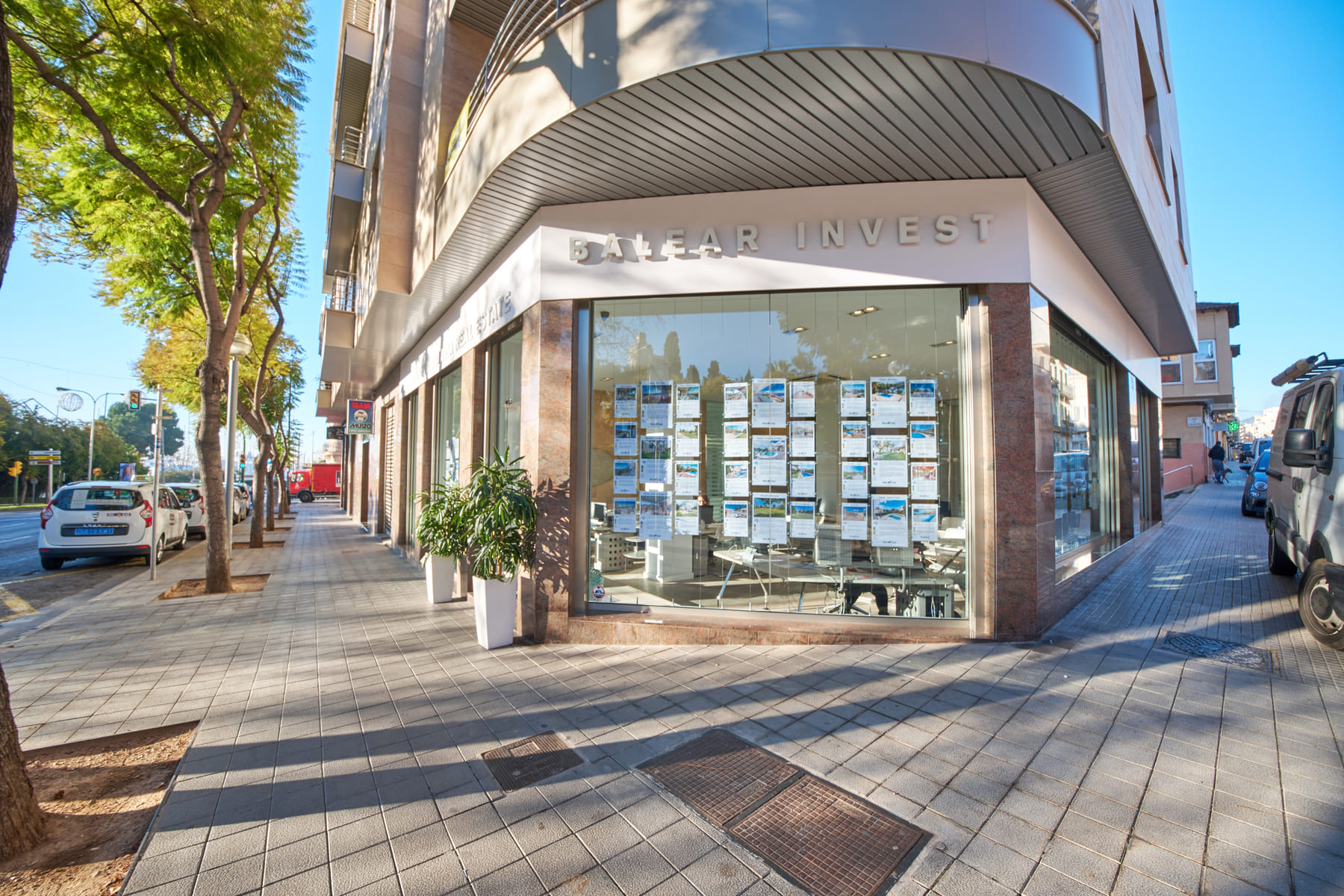
Discover the tradition of "llata" in Mallorca
05 October, 2023
In the heart of Mallorca, beyond the tourist beaches and bustling cities, lies a rich tradition that has endured for centuries: llatra or llata, a palm weaving technique that is an integral part of the island's cultural heritage.
This art, passed down from generation to generation, not only reflects the skill and creativity of the Mallorcans but also showcases their deep connection with nature and their ability to sustainably utilize local resources.
Origins and Evolution of Llata
The history of llata dates to ancient times, and while its exact origins are difficult to pinpoint, it is believed that this craft was practiced by the island's early inhabitants long before the arrival of the Romans.
Over the centuries, llata became a fundamental activity for many rural communities in Mallorca, especially in the mountainous areas of the Serra de Tramuntana, where Mediterranean vegetation provides abundant material for crafting these products.
The term "llata" comes from the verb llatar, which in Mallorquín means "to braid or weave." This technique relies on the use of the leaves of the dwarf palm or garballó, a native Mediterranean plant that grows abundantly in the drier, rockier parts of Mallorca. The leaves, carefully harvested and dried, are braided into long, thin strips that are then used to create a variety of products, from baskets and hats to rugs and bags.
In ancient times, llata was more than just a craft—it was a necessity. Objects made using this technique were essential for daily life in rural areas.
Baskets were used to collect olives, almonds, and other agricultural products, mats were used for drying figs and other foods, and hats protected field workers from the sun. Llata was also an important source of income for many Mallorcan families, who sold their products at local markets or bartered them for other goods.
The Llata Technique: A Meticulous Process
The process of creating llata is meticulous and requires great skill and patience. First, the palm leaves are harvested during the spring months when they are at their optimal maturity. Once collected, the leaves are left to dry in the sun for several days until they reach the necessary flexibility for weaving. This drying process is crucial, as leaves that are too dry become brittle and difficult to handle.
After drying, the leaves are divided into thin strips, which are then hand braided. The braiding itself is an art that requires precision and skill to create uniform, consistent strips. These strips, called sivelles, are sewn or intertwined to form the final products. Though the process may seem simple, it takes years of practice to master.
There are different braiding techniques, each producing a type of llata with specific characteristics. Some techniques are more suitable for creating rigid objects like baskets or hats, while others are ideal for more flexible products such as rugs or mats. Additionally, each artisan develops their own style, making each piece unique.
Llata in Contemporary Life
Throughout the 20th century, with the advent of new materials and industrialization, demand for llata products decreased significantly. However, in recent decades, there has been a resurgence of interest in this traditional craft, driven by an increasing appreciation for sustainable, handmade products and a desire to preserve the island's cultural traditions.
Today, llata remains alive thanks to the efforts of artisans and collectives dedicated to maintaining this tradition. In villages such as Capdepera, Artà, and Sa Pobla, traditional llata artisans continue to work, passing their knowledge on to new generations. These artisans not only produce traditional objects but have also innovated in design, creating new forms and styles that cater to contemporary demands.
Llata has found a new market in tourism, with visitors to the island eager to take home a piece of authentic Mallorcan culture. Llata products like bags, hats, and baskets have become popular souvenirs, appreciated for their beauty, functionality, and as an eco-friendly alternative to mass-produced items.
Additionally, llata has been embraced in the world of interior design, where it is valued for its natural aesthetic and durability. Llata objects, such as lamps, rugs, and curtains, add a rustic and artisanal touch to modern spaces, creating a connection between the traditional and the contemporary.
Despite the renewed interest, llata faces challenges in its preservation. Globalization and changes in lifestyle have reduced the number of artisans dedicated to this technique, and much of the knowledge is at risk of being lost. However, there are initiatives aimed at preserving and promoting llata in Mallorca.
The local government and cultural associations are also working to protect llata as part of Mallorca's intangible cultural heritage. Efforts have been made to document the techniques and processes, and educational programs are being developed to involve schools in teaching this traditional art.
 English
English



